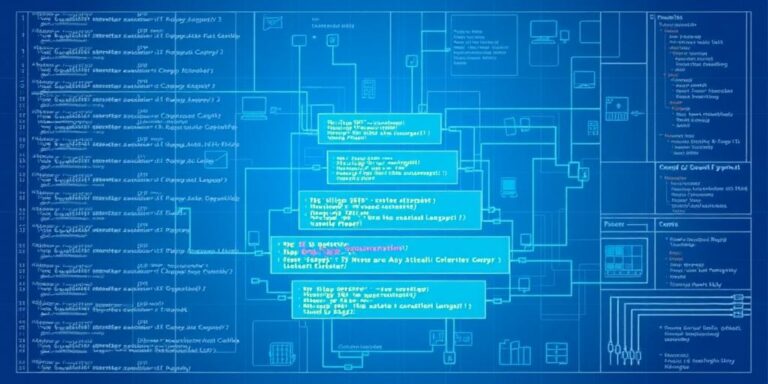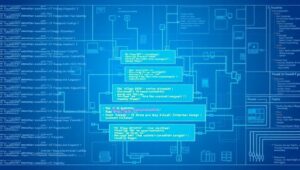The Indispensable Role of Documentation in Modern Software (2025)
In the rapidly evolving landscape of software development, the significance of comprehensive and well-maintained documentation cannot be overstated. As systems become increasingly complex, documentation serves as the bedrock for understanding, maintaining, and evolving software projects. This article explores why documentation is more critical than ever in 2025.
The Rising Complexity of Software Systems
Modern software is characterized by its intricate architecture, distributed systems, and reliance on numerous third-party libraries and APIs. This complexity necessitates clear, concise, and up-to-date documentation to:
- Facilitate Onboarding: New team members can quickly grasp the system’s architecture and functionality.
- Enable Collaboration: Developers can collaborate more effectively when they have a shared understanding of the codebase.
- Reduce Errors: Clear documentation minimizes misunderstandings and reduces the likelihood of introducing bugs.
Key Types of Software Documentation
Effective documentation encompasses various forms, each serving a specific purpose:
- API Documentation: Essential for developers integrating with your system. Tools like Swagger and Postman have made generating and maintaining API documentation more accessible.
- User Guides: These assist end-users in understanding how to use the software, covering everything from basic functionality to advanced features.
- Architecture Overviews: High-level diagrams and descriptions of the system’s components and their interactions.
- Code Comments: In-line explanations of complex logic, algorithms, and data structures.
- Troubleshooting Guides: Help users and developers resolve common issues and diagnose problems.
Best Practices for Effective Documentation
Creating and maintaining high-quality documentation requires adherence to certain best practices:
- Keep it Up-to-Date: Documentation should be updated whenever the code changes. Stale documentation can be more harmful than no documentation at all.
- Use Clear and Concise Language: Avoid jargon and technical terms that may not be familiar to all readers.
- Provide Examples: Illustrate how to use different features with practical examples.
- Automate Documentation Generation: Leverage tools that automatically generate documentation from code comments and API definitions.
- Establish a Documentation Workflow: Integrate documentation into the development process, making it a routine part of every task.
The Future of Software Documentation
Looking ahead, several trends are shaping the future of software documentation:
- AI-Powered Documentation: AI tools are being developed to automatically generate and maintain documentation, reducing the manual effort required.
- Interactive Documentation: Interactive tutorials and sandboxes allow users to experiment with the software and learn by doing.
- Documentation as Code: Treating documentation as code, with version control and automated testing, ensures that it remains accurate and consistent.
Conclusion
In the increasingly complex software world of 2025, comprehensive and well-maintained documentation is no longer a luxury but a necessity. By investing in effective documentation practices, organizations can improve developer productivity, reduce errors, and ensure the long-term maintainability of their software systems. As technology advances, so too will the tools and techniques for creating and managing documentation, making it an even more integral part of the software development lifecycle.




